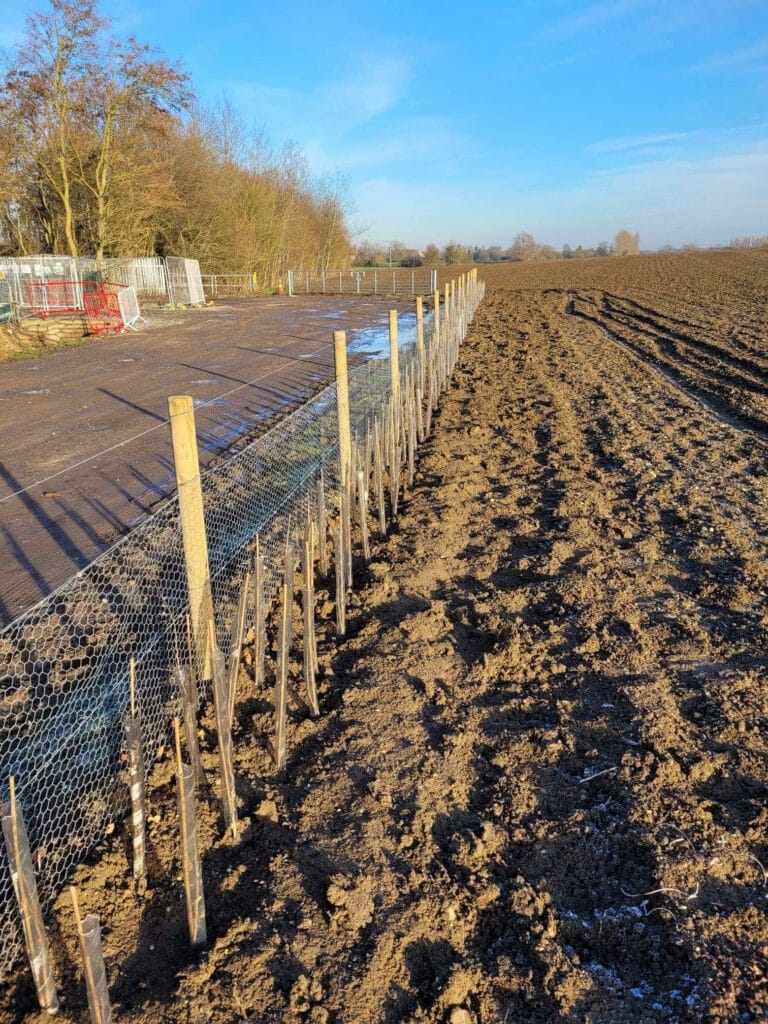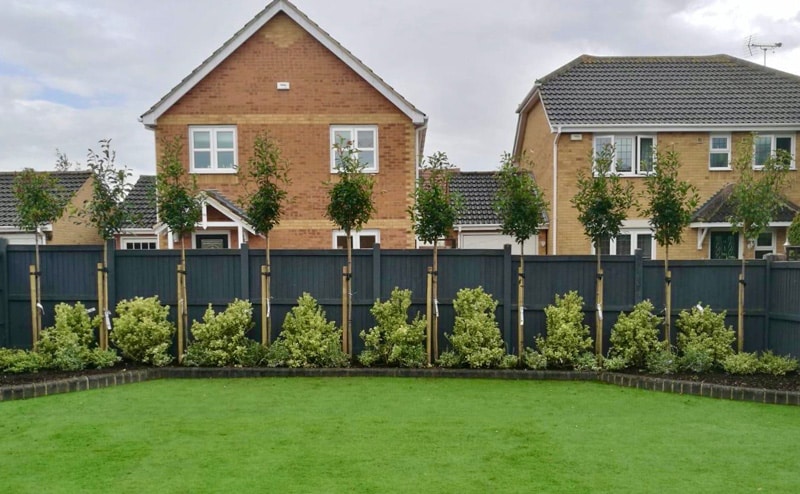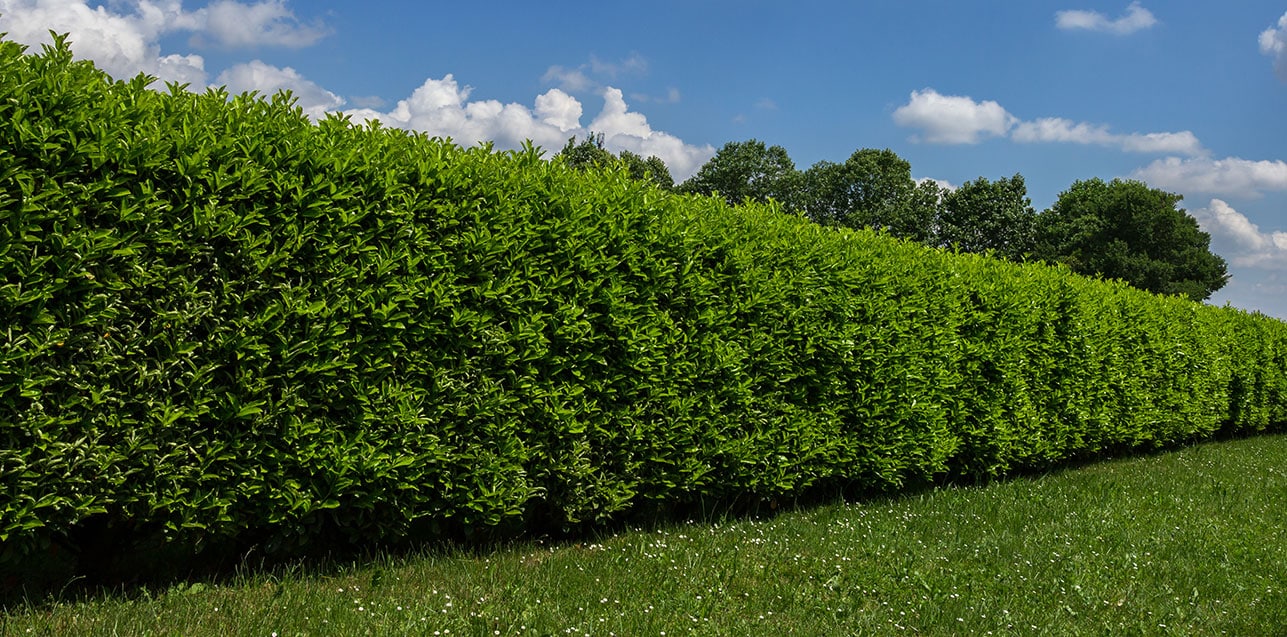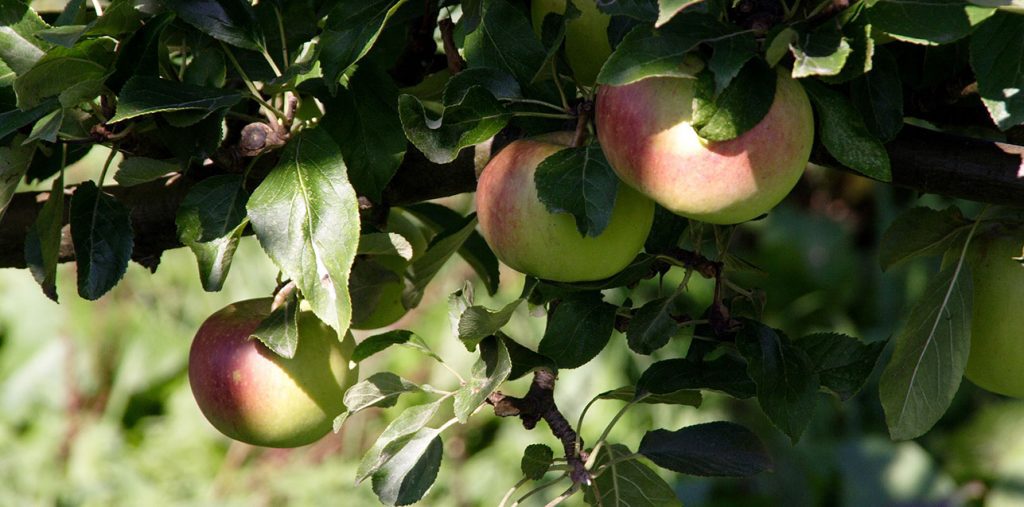When does the bare root season start? It’s a question we hear more and more as summer fades and the cooler months approach. The answer isn’t fixed, as the start of the bare root season depends largely on soil temperature. That said, it typically runs from November to March, coinciding with the dormant season. For bare root planting to be successful, the soil must be cool enough to ensure the plants are not actively growing. This is why this season falls firmly within the colder months of the year.
There are various benefits to planting bare root:
1. Cost
Although bare root plants can only be lifted and planted during this dormant period, they offer excellent value compared to container-grown alternatives (which are the only option during the growing season). Because bare root plants are supplied without soil around their roots, they’re lighter and easier to handle (meaning lower delivery costs). With these savings across the board, you can afford to plant more generously, whether that means choosing larger specimens or increasing the quantity to create the impact you’re after.
2. Ease of Installation
Bare root plants are much easier to plants as it isn’t as difficult to manoeuvre them around. We also recommend that you plant using the ‘notch planting’ technique as it is a quick process that avoids digging huge planting pits that require laborious backfilling. When ‘notch planting’ you should…
1. ‘Heel in’ tight to ensure good soil/root contact, you should have to tug the plant quite hard to remove it.
2. Make sure that the roots are moist.
3. Open up a slit in the soil, push a spade few inches deep and move back and forward.
4. Slide the root of your bareroot plant into the slit, up to the nursery soil mark.
Don’t remove the hedging plants from the box or bag before you plant. Exposure to sun or drying winds may lead to root desiccation and eventual failure.

It’s important to remember that not all plants are suitable for bare root planting. For instance, Photinia requires soil around its roots and cannot be supplied bare root. At King & Co, we offer only deciduous plants in bare root form, making them an ideal choice for those looking to plant a mixed native or semi-evergreen hedge. Varieties like Hornbeam or Beech work particularly well for semi-evergreen hedging as they often hold onto their brown leaves throughout winter (unless the conditions are particularly harsh). If you’re aiming for a fully evergreen hedge, consider planting smaller P9 Holly or opt for larger, container-grown hedging units instead.
We hope this helped to explain when the bare root season starts. If you have any more questions or would like a quote for a specific project, please contact our sales team!
Read More:
A Guide to Screening Trees: Is Photinia Good for Natural Privacy?
Bare Root Planting Tips: How to establish a native hedge on a tight budget
A Guide to Pleached Trees: How effective are Hornbeam at creating privacy?





